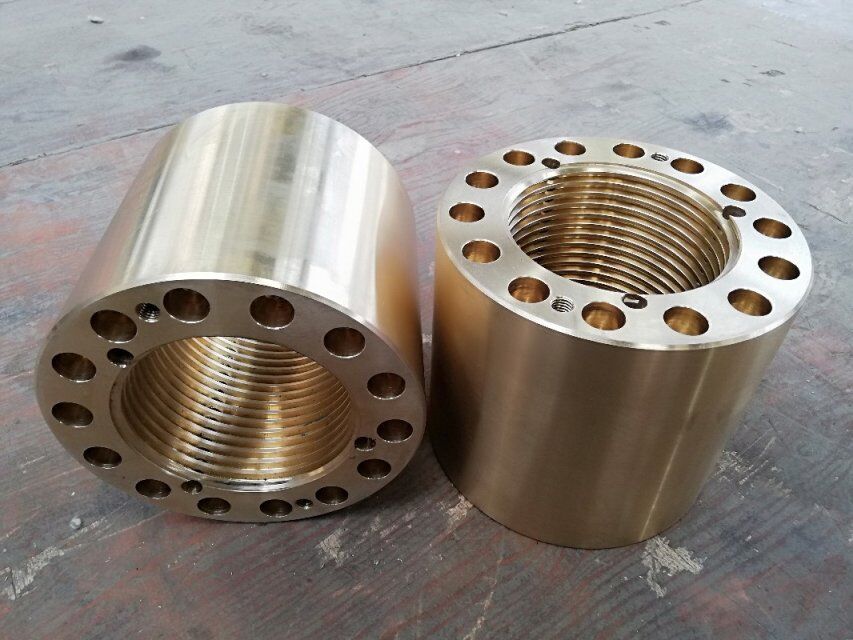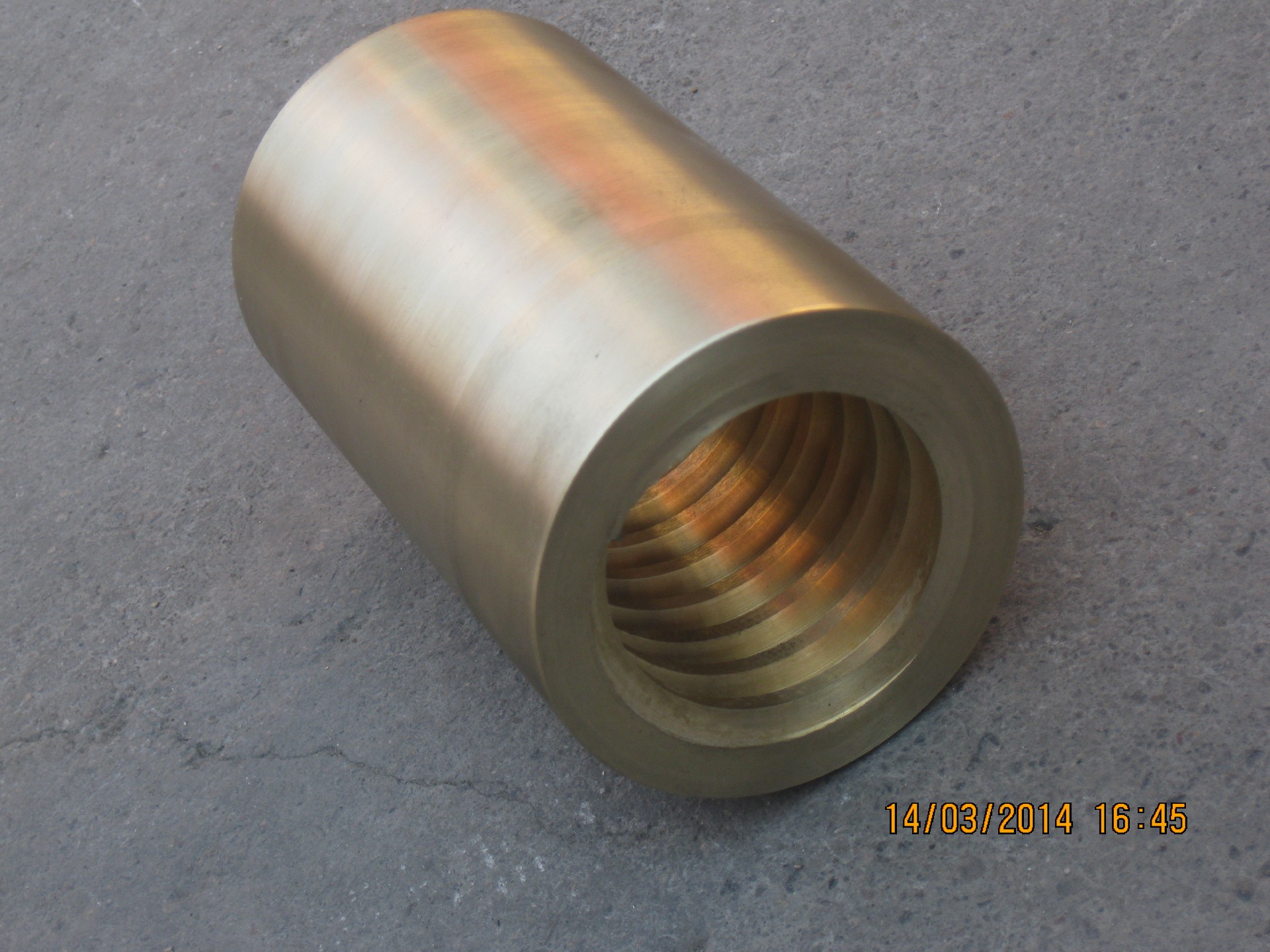the types of copper nuts
Hex Nut: Standard Hex Nut, Thin Hex Nut, Thick Hex Nut; Common standard nut types, easy to tighten with a wrench or other tools
Flange Nut: Flat Flange Nut, Toothed Flange Nut; With flange, it can better distribute pressure and reduce the possibility of loosening.
Lock Nut: Nylon Insert Lock Nut, All-Metal Lock Nut, Self-Locking Nut; Nuts that prevent loosening, common ones are nylon lock nuts and metal lock nuts.

Square Nut: Standard Square Nut, Press-in Square Nut; Used for specific purposes, especially where a larger contact surface is required.
Round Nut: Smooth Round Nut, Slotted Round Nut; often used in occasions where frequent disassembly and assembly are required, the round design reduces edge wear.
Wing Nut: Standard Wing Nut, Heavy Duty Wing Nut; with two wings, easy to tighten and loosen manually, suitable for applications with quick disassembly and assembly.
Cap Nut: Standard Cap Nut, High Cap Nut; closed nut, protects the end of the screw and improves the aesthetics of the machine.

T Nut: Standard T Nut, Sliding T Nut; used for embedding in woodworking or other soft materials.
Insert Nut: Threaded Insert Nut, Plastic Insert Nut; embedded in the material to provide a stable threaded connection.
Butterfly Nut: Standard Butterfly Nut, Heavy Butterfly Nut
Weld Nut: Four Corner Weld Nut, Hex Weld Nut
These different types of copper nuts are widely used in the machinery industry. Each nut has its specific function and purpose. Choosing the right type of nut is crucial to ensuring the reliability and performance of mechanical equipment.
| Previous:What are the materials, advantages, disadvantages and applications of graphite oil groove bronze bushings? | Next:What types of split bearings are there? |




 Copyright © 2022
Copyright © 2022